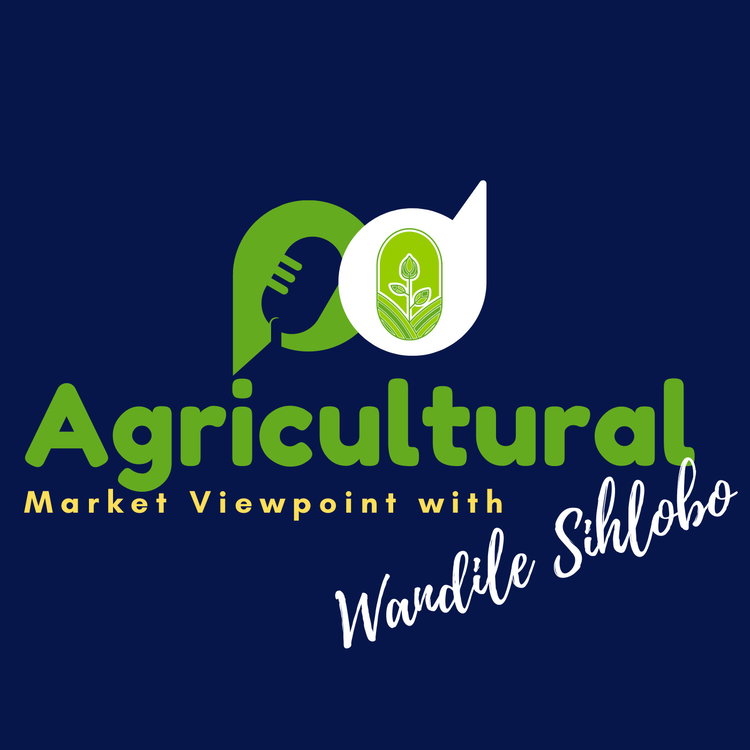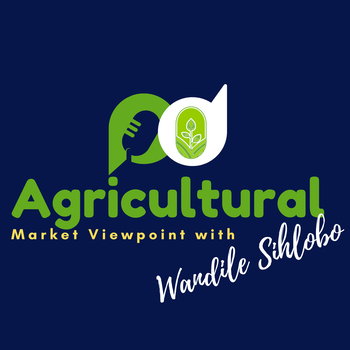
Key challenges that constrained SA's agricultural fortunes in 2023
Loading player...
As the year draws to a close, it is worth reflecting on critical events that dominated the South African agricultural scene this year. There is three in particular that stood out.
First, the intense and persistent load-shedding right from the start of the year was a significant challenge for South Africa's agriculture and agribusinesses. The impact became apparent when one considers that all of South Africa's horticulture – fruits and vegetables depend on irrigation that needs an adequate power supply. In field crops, nearly a third are produced under irrigation. In red meat, poultry, piggery, wool, and dairy production, electricity is also heavily used across various processing activities.
Similarly, agribusinesses and other food producing businesses faced similar challenges in various downstream processing activities, such as milling, bakeries, abattoirs, wine processing, packaging, and animal vaccine production.
In the first quarter, the economic impact of the load shedding was felt across the food, fibre and beverages value chains. Farmers and businesses searched for capital to invest in their own energy generation, and some experienced losses in their stock.
In addition, the Department of Agriculture, Land Reform and Rural Development, Eskom management and organized agriculture formed an Agricultural National Energy Task Team. This Task Team introduced interventions to ease the load-shedding burden on farms, such as load curtailment, expansion of the diesel rebate to the food value chain, and the Agro-Energy Fund.
Through these efforts and heavy investment in renewables and other own energy generation measures, South African agriculture, along with the food, fibre and beverages value chains, managed to minimise the damage of load shedding and ensured a consistent supply of high-quality food for consumers.
Second, the weaknesses of South Africa's biosecurity system – ability to control animal disease spread -- were a dominant challenge this year. Admittedly, biosecurity breaches are not uniquely South African and have become a significant challenge globally. We frequently hear of Foot and Mouth Disease (FMD) in cattle, African Swine Fever in pigs and Avian Influenza in poultry worldwide. However, very few countries have had to deal with the scale of these disease outbreaks almost simultaneously as South Africa has had to do.
In 2022, six provinces reported FMD outbreaks. By the start of 2023, the conditions hadn't changed much, as we continued to see cases throughout the year. Also noteworthy is that at the end of 2022, we learned of the outbreaks of the African Swine Fever, which put the pig industry under additional pressure. This remains an ongoing challenge in the pig industry.
Most recently, the focus has been on Avian Influenza, where more than a hundred commercial poultry facilities have reported cases. There have been significant losses in parent stock for breeders of layers and broilers, thus leading to imports of fertilized eggs to rebuild the parent stock flock decimated by the disease.
South Africa's biosecurity breaches, as seen in the recent outbreaks, signal some serious capacity challenges in farm biosecurity measures and the country's veterinary and related support services. This is mainly in the laboratories, control of the movement of livestock and vaccine production. Therefore, the South African government and organized agriculture and industry bodies should work closely together to address the biosecurity challenges.
Lastly, the congestion at the ports is another aspect that dominated the conversation, especially in the last quarter of the year. For the first three quarters, the agricultural sector successfully collaborated with Transnet to keep exports flowing to export markets. South Africa's agricultural exports amounted to US$10,2 billion in the first nine months, up 1% from the same period in 2022.
First, the intense and persistent load-shedding right from the start of the year was a significant challenge for South Africa's agriculture and agribusinesses. The impact became apparent when one considers that all of South Africa's horticulture – fruits and vegetables depend on irrigation that needs an adequate power supply. In field crops, nearly a third are produced under irrigation. In red meat, poultry, piggery, wool, and dairy production, electricity is also heavily used across various processing activities.
Similarly, agribusinesses and other food producing businesses faced similar challenges in various downstream processing activities, such as milling, bakeries, abattoirs, wine processing, packaging, and animal vaccine production.
In the first quarter, the economic impact of the load shedding was felt across the food, fibre and beverages value chains. Farmers and businesses searched for capital to invest in their own energy generation, and some experienced losses in their stock.
In addition, the Department of Agriculture, Land Reform and Rural Development, Eskom management and organized agriculture formed an Agricultural National Energy Task Team. This Task Team introduced interventions to ease the load-shedding burden on farms, such as load curtailment, expansion of the diesel rebate to the food value chain, and the Agro-Energy Fund.
Through these efforts and heavy investment in renewables and other own energy generation measures, South African agriculture, along with the food, fibre and beverages value chains, managed to minimise the damage of load shedding and ensured a consistent supply of high-quality food for consumers.
Second, the weaknesses of South Africa's biosecurity system – ability to control animal disease spread -- were a dominant challenge this year. Admittedly, biosecurity breaches are not uniquely South African and have become a significant challenge globally. We frequently hear of Foot and Mouth Disease (FMD) in cattle, African Swine Fever in pigs and Avian Influenza in poultry worldwide. However, very few countries have had to deal with the scale of these disease outbreaks almost simultaneously as South Africa has had to do.
In 2022, six provinces reported FMD outbreaks. By the start of 2023, the conditions hadn't changed much, as we continued to see cases throughout the year. Also noteworthy is that at the end of 2022, we learned of the outbreaks of the African Swine Fever, which put the pig industry under additional pressure. This remains an ongoing challenge in the pig industry.
Most recently, the focus has been on Avian Influenza, where more than a hundred commercial poultry facilities have reported cases. There have been significant losses in parent stock for breeders of layers and broilers, thus leading to imports of fertilized eggs to rebuild the parent stock flock decimated by the disease.
South Africa's biosecurity breaches, as seen in the recent outbreaks, signal some serious capacity challenges in farm biosecurity measures and the country's veterinary and related support services. This is mainly in the laboratories, control of the movement of livestock and vaccine production. Therefore, the South African government and organized agriculture and industry bodies should work closely together to address the biosecurity challenges.
Lastly, the congestion at the ports is another aspect that dominated the conversation, especially in the last quarter of the year. For the first three quarters, the agricultural sector successfully collaborated with Transnet to keep exports flowing to export markets. South Africa's agricultural exports amounted to US$10,2 billion in the first nine months, up 1% from the same period in 2022.

